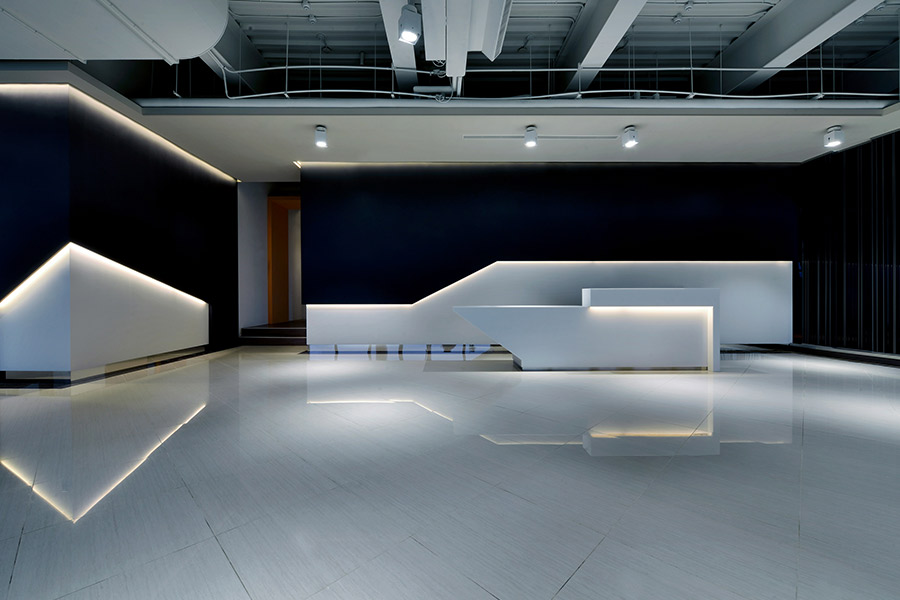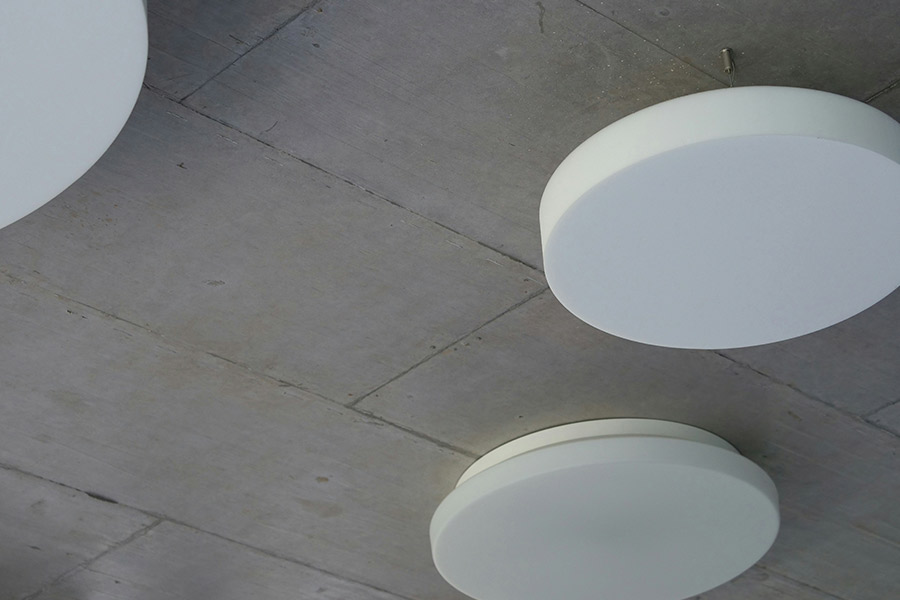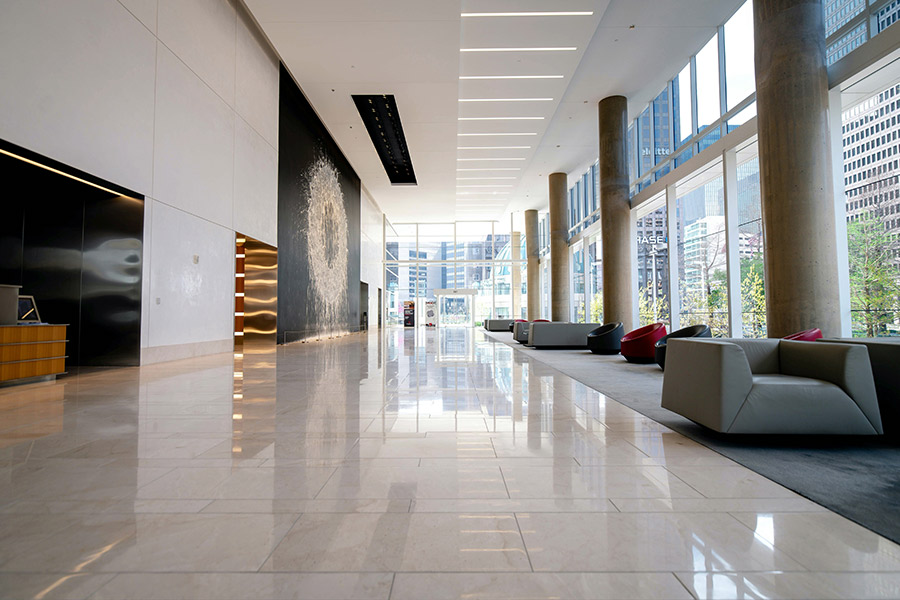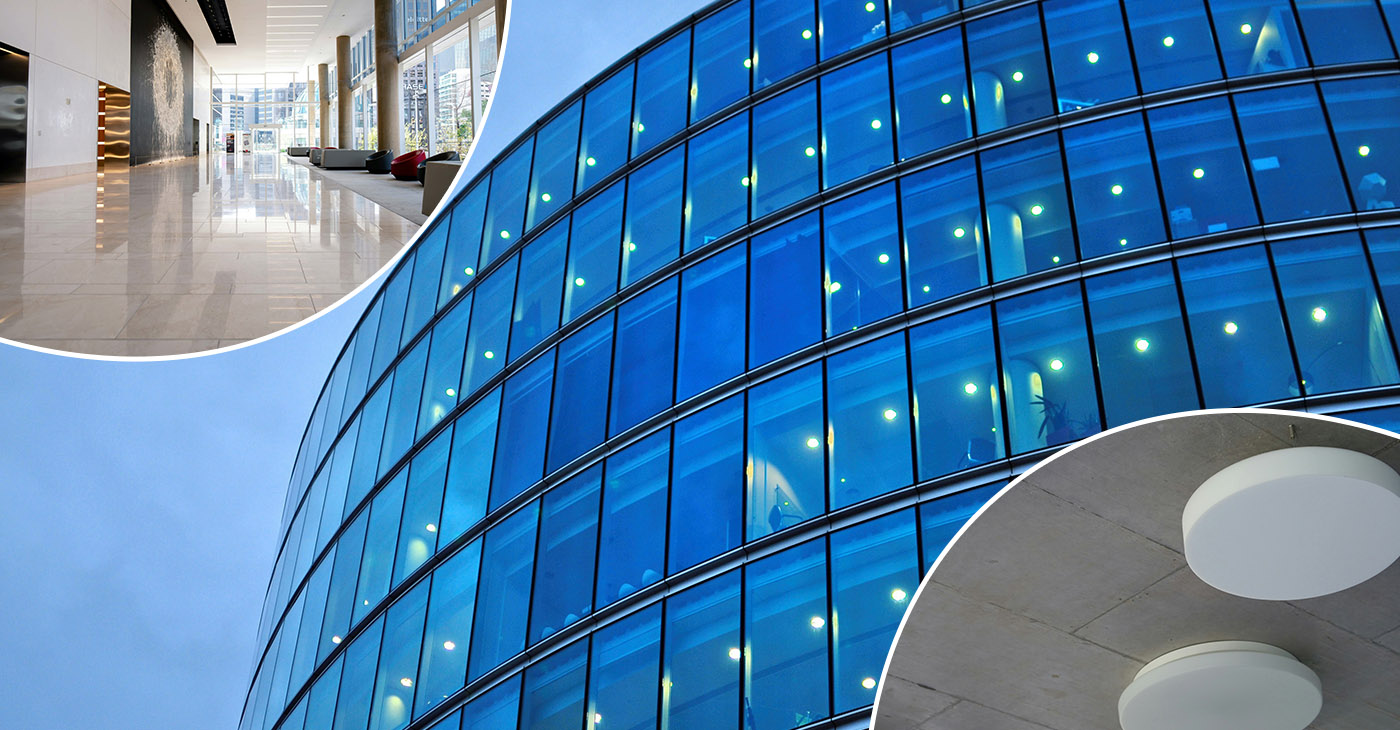In todays age of technology, the concept of smart buildings has evolved from a luxury to a necessity. Smart buildings leverage advanced automation technologies and the Internet of Things (IoT) to enhance the efficiency, safety, and comfort of their inhabitants. Learn more about the benefits of smart buildings in this 2 minute read.
Exploring the benefits of smart buildings – what is it to start with?
Smart buildings utilize advanced technology to manage internal systems such as climate control, lighting, and security efficiently. They aim to minimize energy consumption and reduce human intervention by leveraging automation and real-time data analysis. This approach not only enhances operational efficiency but also contributes to environmental sustainability by optimizing resource use. Smart buildings represent a significant advancement in property management, offering improved comfort, safety, and cost savings.

Daily interactions with smart technologies in building
Smart technologies seamlessly integrate into our daily lives, enhancing our environments and experiences without overt notice. These systems, ranging from motion-sensor lighting to automated climate control, are designed to not only save energy but also adjust to our preferences, ensuring optimal comfort. This interaction with smart technologies represents a blend of convenience, efficiency, and sustainability, subtly influencing our routine while promoting a more energy-efficient lifestyle.
The business case for smart buildings – why is it a good investment?
Investing in smart technology for buildings offers businesses tangible and intangible benefits. Beyond the immediate energy savings, smart buildings contribute to higher property values, enhanced operational efficiencies, and improved employee productivity. A well-designed smart work environment boosts morale and focus, translating into better work performance and satisfaction. This investment not only lowers operational costs but also attracts and retains talent, making it a strategic move towards sustainable and profitable business operations.

Innovations in smart lighting – IoT solutions is now everywhere
Smart lighting systems represent a leap forward in energy-efficient and user-focused building management. These systems utilize advanced sensors and algorithms to harness natural daylight and adjust indoor lighting accordingly, significantly reducing power consumption. Additionally, smart lighting can be integrated with other building systems and controlled remotely, offering unprecedented control and customization for users. Some smart examples of functions with IoT are the following:
- Color-changing lights
Adapt to the natural light cycle, affecting mood and productivity by simulating sunrise or sunset colors. - Brightness adjustment
Automatically reduce or increase light intensity based on the time of day to align with human circadian rhythms and conserve energy. - Occupancy detection
Use sensors to detect presence, turning lights off when rooms are vacant to save electricity. - Energy-saving modes
Program lights to enter low-energy modes during off-peak hours, reducing energy consumption when fewer people are present. - Customizable settings
Allow settings to be tailored for specific events or needs, offering versatility and enhancing user experience.
Advances in HVAC technology – modern buildings is automated to a high degree
Modern HVAC systems have evolved to become more intelligent and responsive. They can now learn from historical usage data and adjust heating or cooling outputs to match daily and seasonal patterns. Sensors detect room occupancy and adjust temperatures to ensure comfort while minimizing energy use. By analyzing real-time data, these systems can identify and rectify inefficiencies, leading to significant reductions in energy consumption and improvements in environmental comfort.
Security: A priority in smart building design
In smart buildings, particularly large malls and office complexes, door automation and door openers plays a crucial role in enhancing security and user experience. These automated systems, integrating with overall building management, provide streamlined, safe access while optimizing traffic flow. They use sensors and algorithms to manage entry and exit, adapting to real-time conditions and user requirements. This not only ensures security but also offers personalized access and convenience, contributing to a seamless, efficient environment.

The top 5 technologies transforming smart buildings
- IoT-enabled energy and lighting management systems
These systems provide real-time data analysis for optimizing energy consumption. - Intelligent security solutions
Using advanced algorithms, these systems can predict and prevent unauthorized access. - Automated HVAC controls
With these, buildings maintain optimal comfort levels with minimal energy use. - Smart elevators and escalators
They reduce wait times and energy usage by predicting and adapting to traffic patterns. - Integrated building management systems
These act as the central nervous system for a building, coordinating various automated tasks.
Conclusions about the benefits of smart buildings
Smart buildings represent the frontier of real estate development, with their ability to not just cut costs but also to create an adaptive and intuitive environment for their inhabitants. As the world becomes more connected, the smart building does not just stand as a static entity but as an active participant in the lives of those within and around it.


